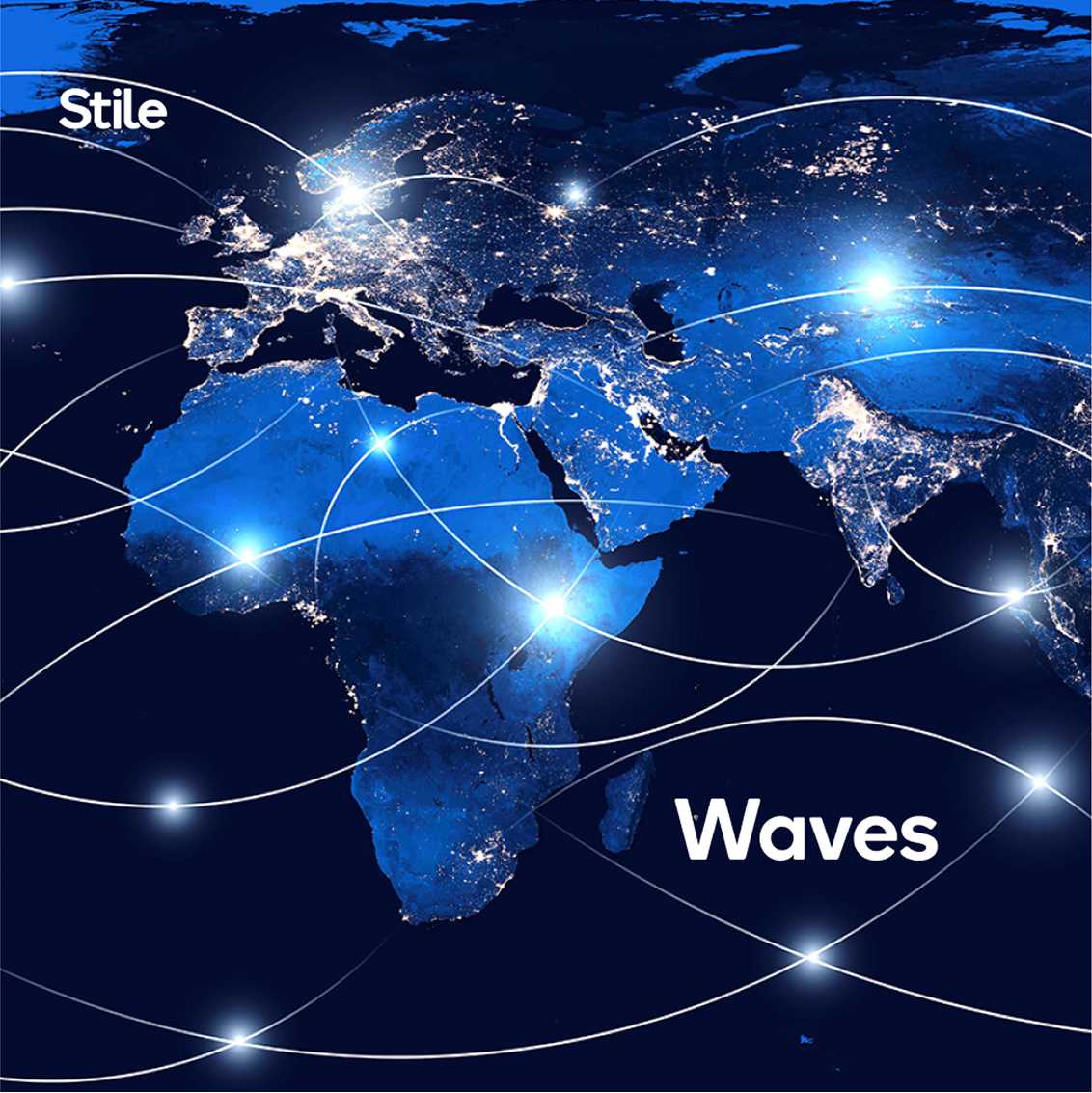Stile’s Middle School Curriculum
We aspire to make the best science lessons in the known universe.
Here’s how we do it.
Stile’s Middle School Curriculum
We aspire to make the best science lessons in the known universe.Here’s how we do it.
THE FOUNDATION
What do students need to know and be capable of doing?
What do students need to know in order to be scientifically literate?
Eg. How does antibiotic resistance work and why is it an issue?
How is science relevant to careers other than being a scientist?
E.g. Chocolatiers use chemistry to create new textures and flavors.
How do we teach students the language of science?
E.g. Mathematical thinking: creating models, interpreting, analyzing and visualising data.
How science intersects with society, and how it likely will tomorrow?
E.g. Understanding the economic, environmental and social factors slowing the deployment of more renewable energy.
What skills and dispositions are needed to be critical thinkers?
E.g. Evaluating claims using evidence, understanding the statistical significance of that evidence.
We then fill in the rest to ensure we completely cover the standards
E.g. The NGSS, as well as State-specific standards.
DEFINING OUR APPROACH
Combine proven best-practices with what actually works in real classrooms
A Framework for K-12 Science Education
We use the Framework for K-12 Science Education as the foundation of our curriculum.
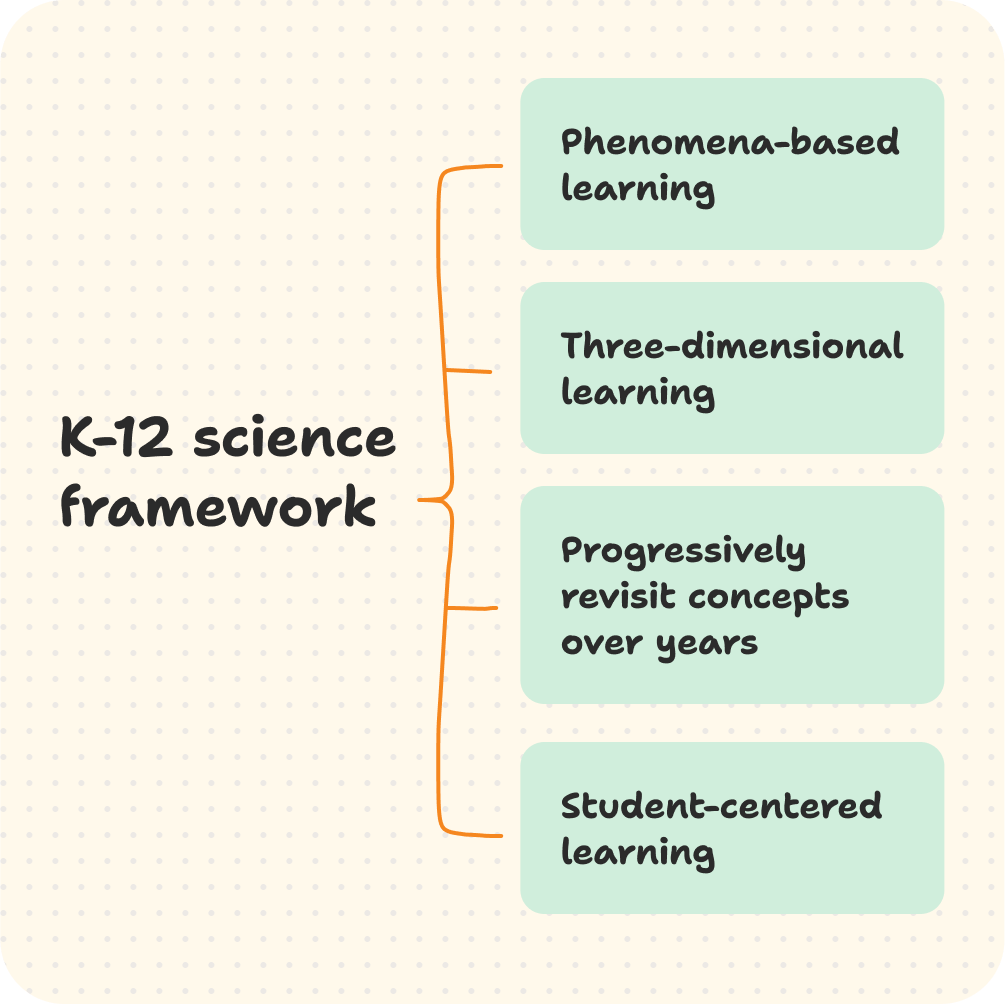
Evidence-based pedagogies
We then weave in evidence-based pedagogies, using the ones that best fit the context of the lesson and unit.
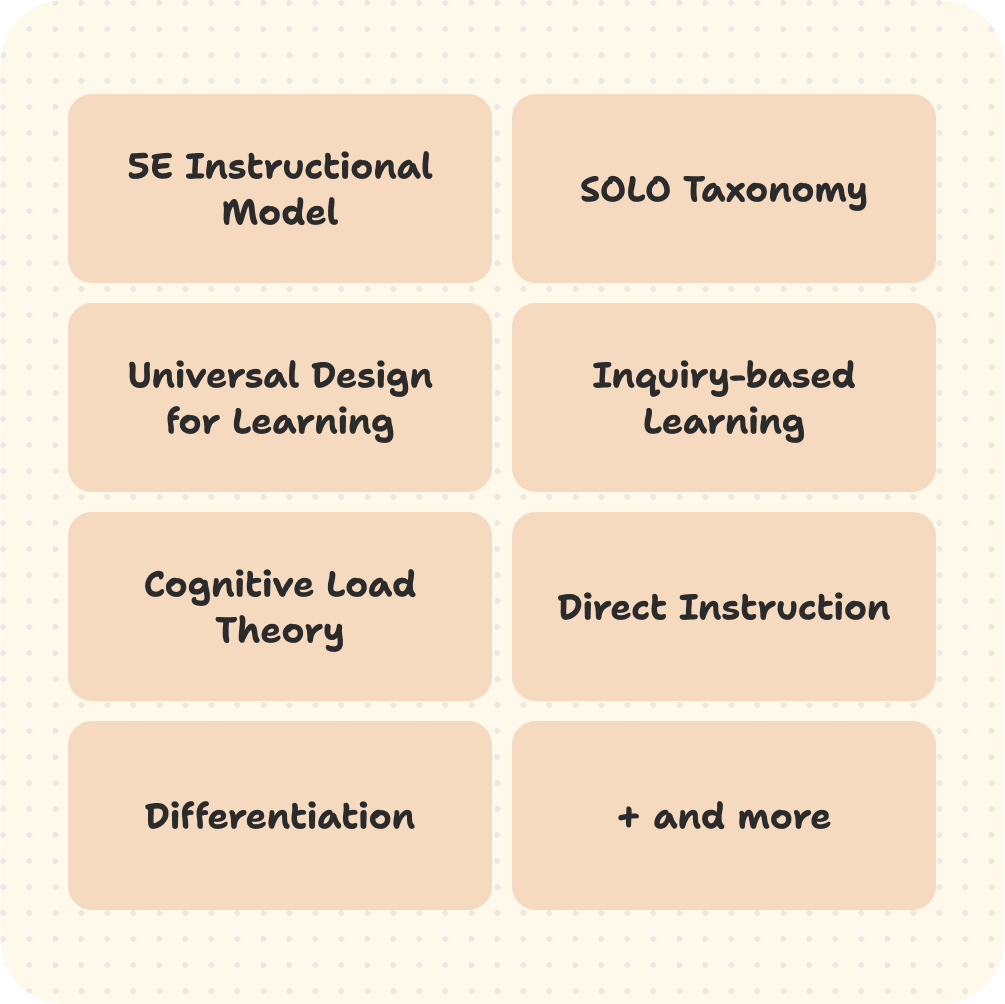
High-impact teaching strategies
Finally we make the use of high-impact teaching strategies the path of least resistance.
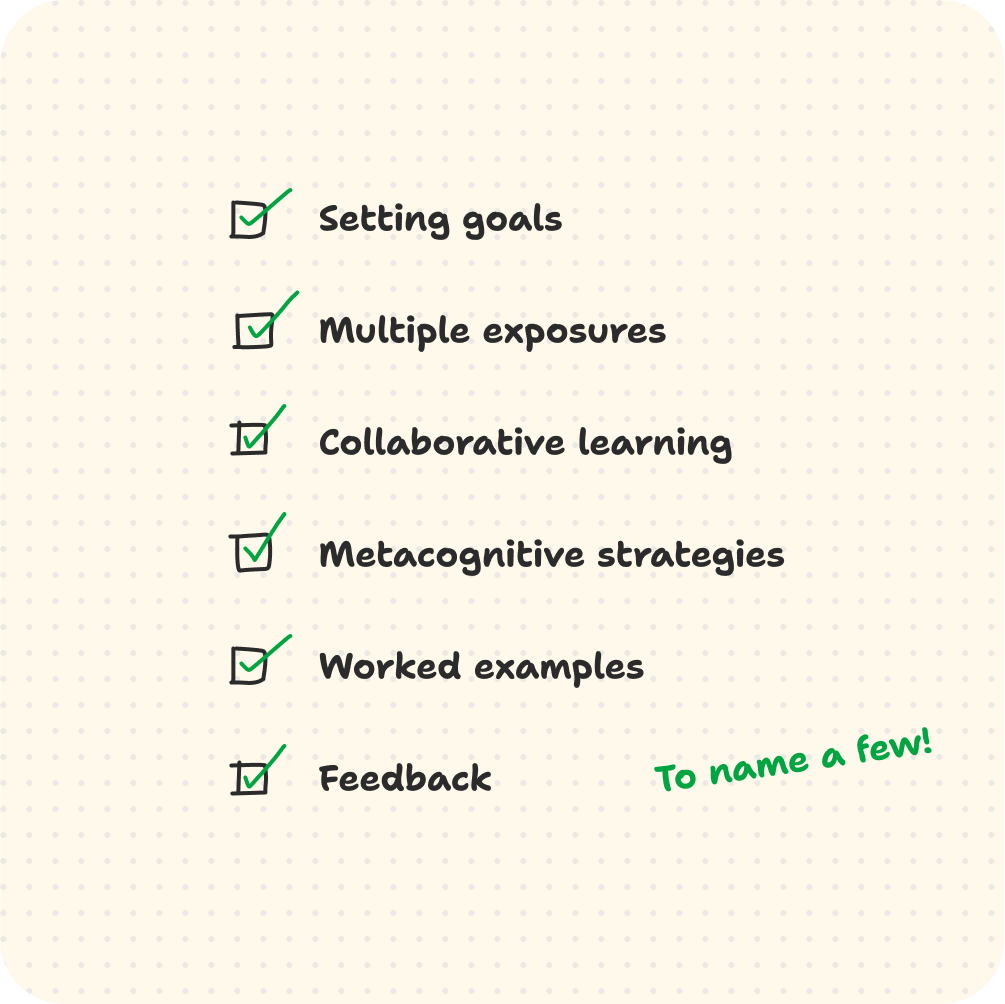
BRINGING IT TOGETHER
Built by our in-house experts
Our talented team of educators, scientists, artists and engineers create Stile’s curriculum in collaboration with an entourage of out-of-house practising teachers, pedagogy academics and subject-matter experts.
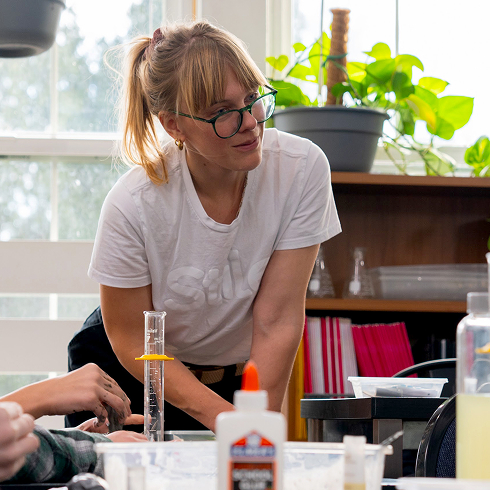
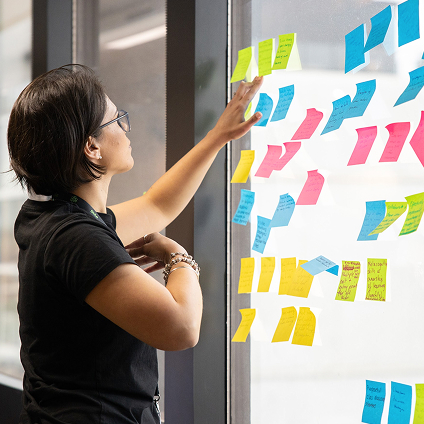
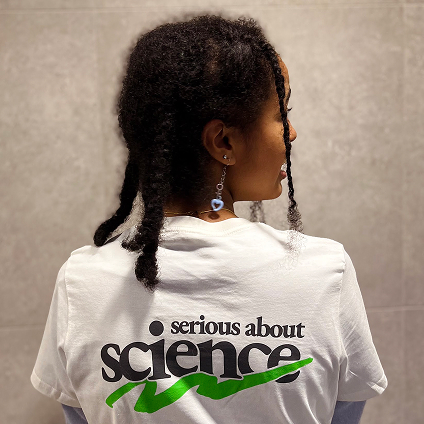
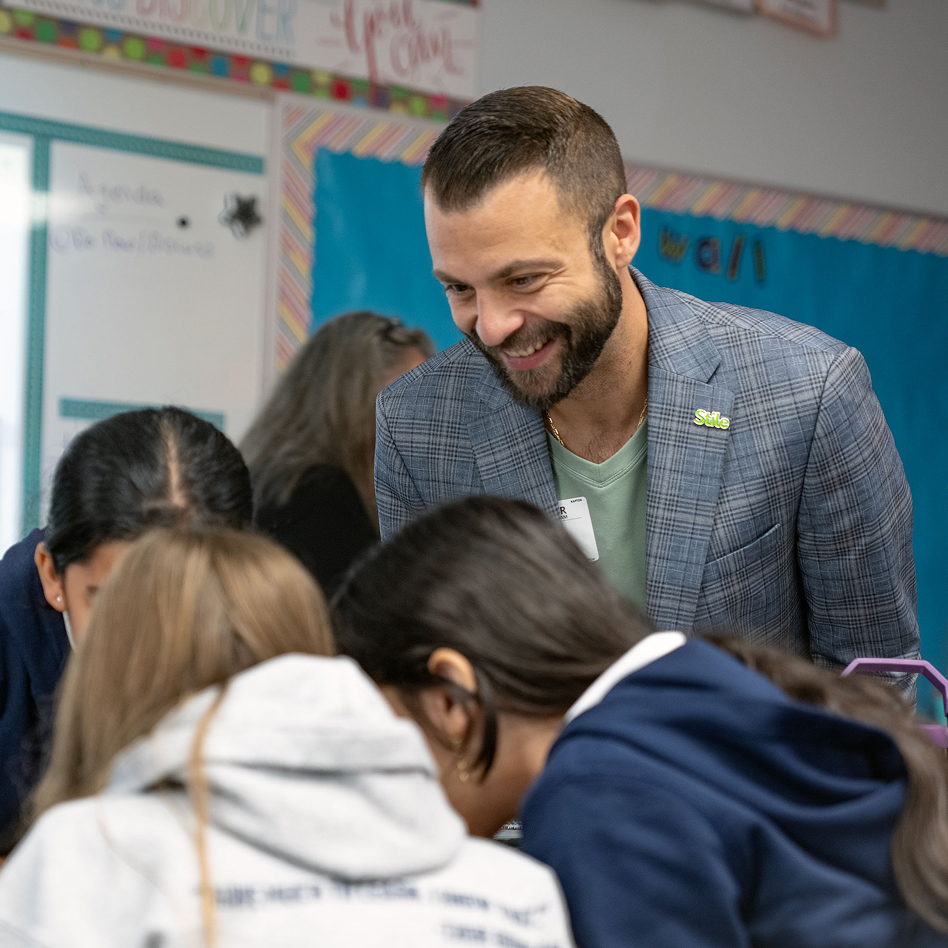

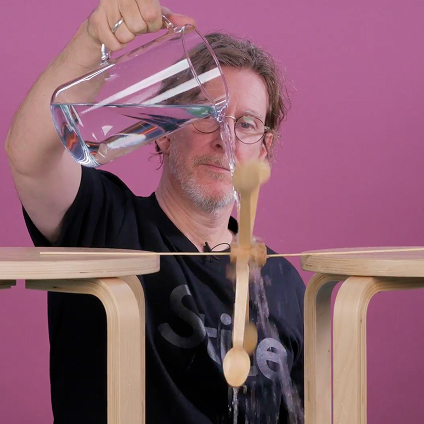
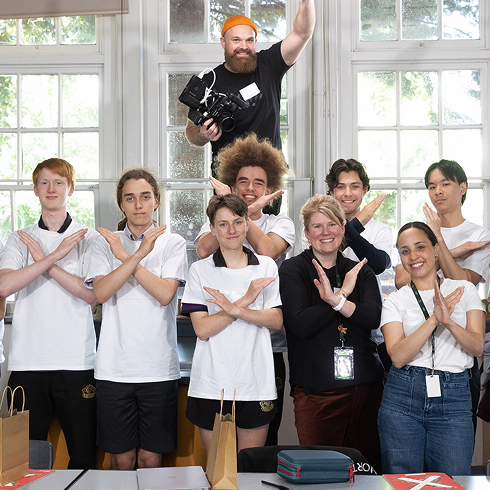
The result?
A complete science curriculum that teachers love to teach—and students love to learn.
The result?
A complete science curriculum that teachers love to teach—and students love to learn.The middle school scope and sequence
A sequence of learning packed with phenomena that students actually want to discover for themselves.
6th Grade
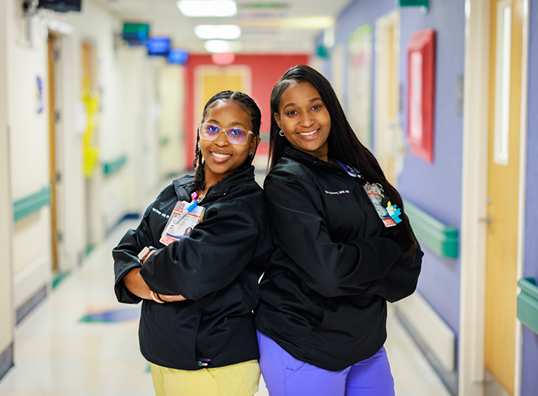
Cells
Would you donate a part of your body to save a life?
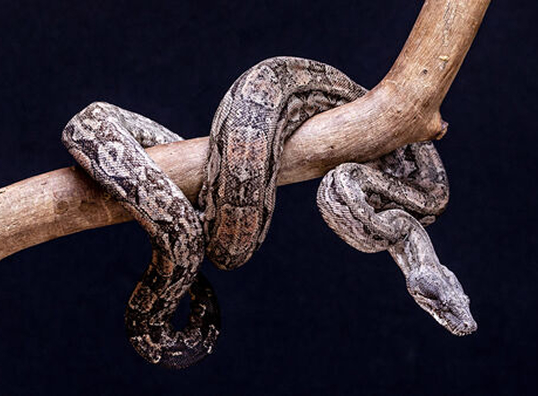
Body Systems
What does it take to be a cold-blooded killer?
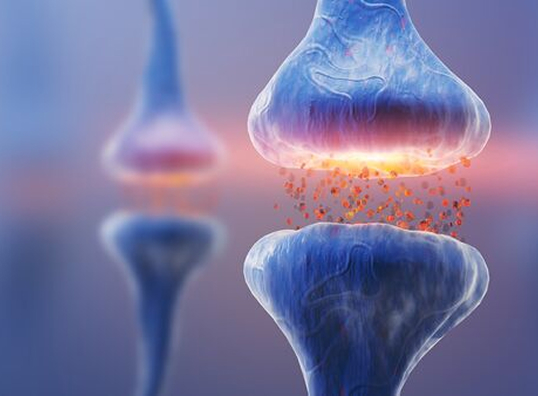
The Nervous System
How can your gut influence your mood?
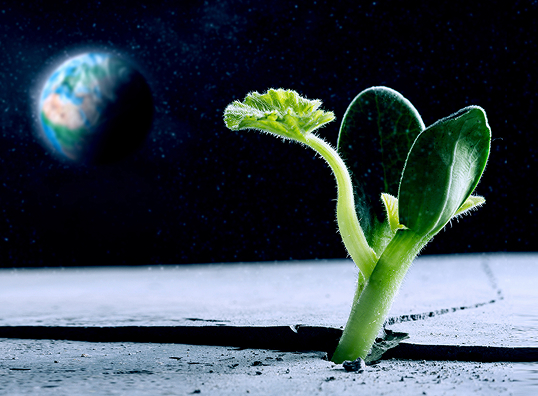
Plants
How can we feed an off-world colony?
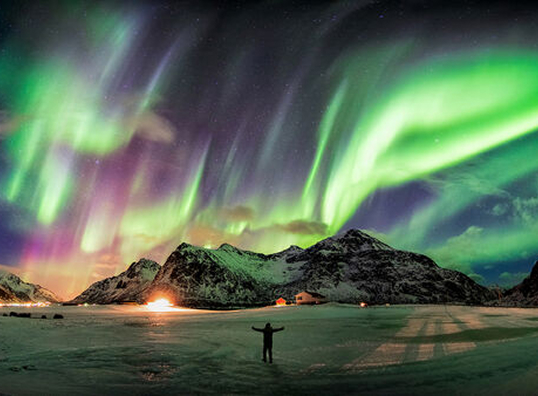
Earth Systems
How does our planet recycle?
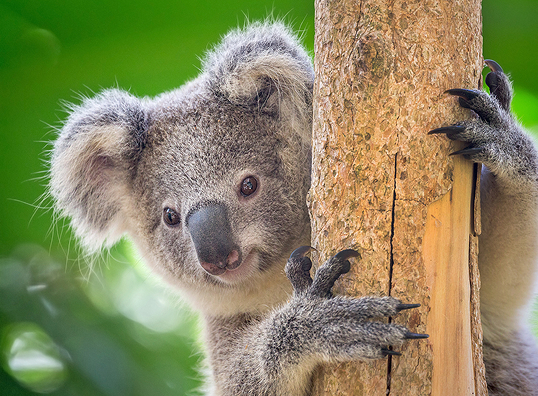
The Survival of Species
How do reproductive strategies help a species survive?
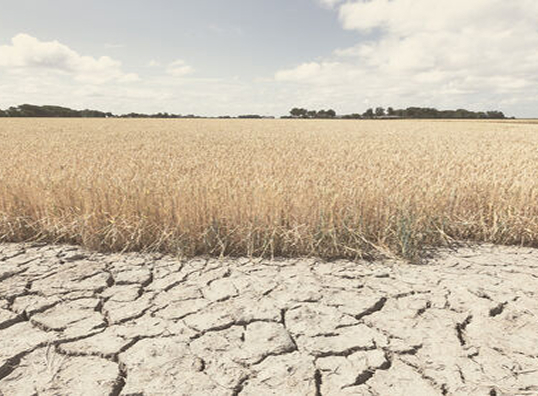
Climate Change
Climate change – how should we respond?
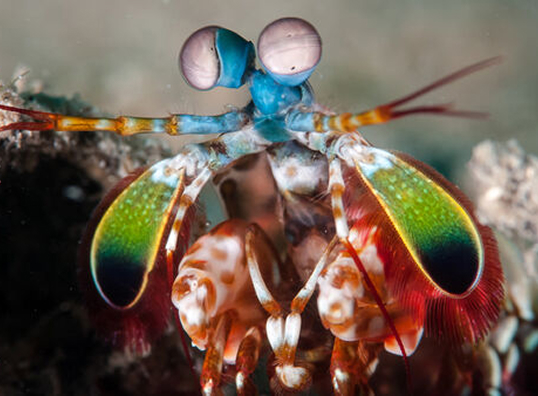
Energy
How can we learn from nature to improve energy technology?
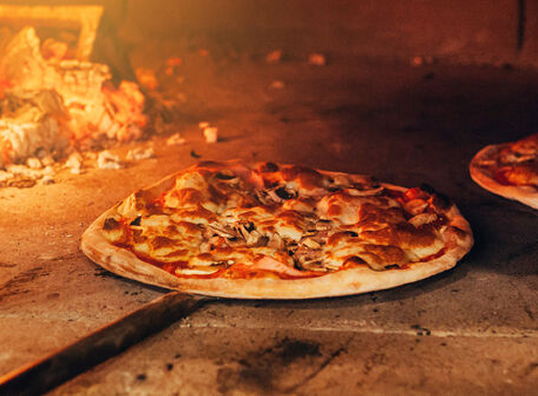
Heat
How do you make the best pizza?
7th Grade
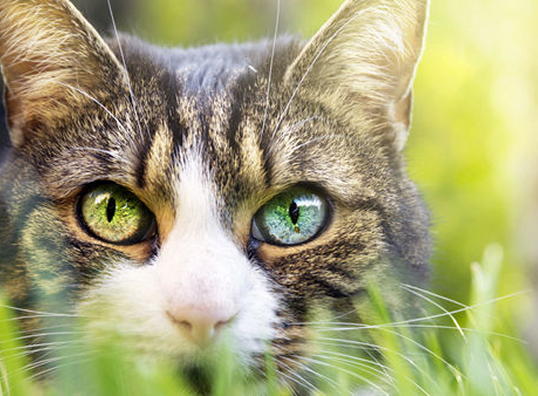
Food Chains and Food Webs
Why do cats have slit-shaped pupils?
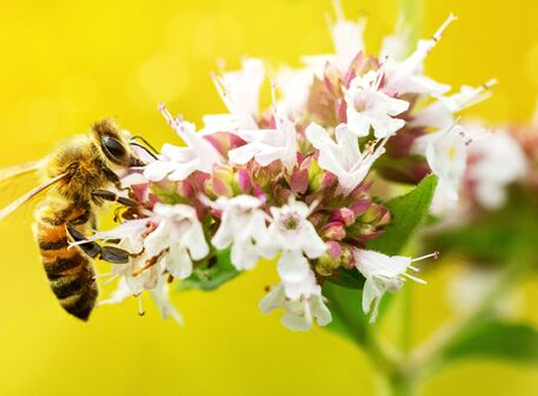
The Importance of Biodiversity
Do we need to save the bees?

Active Earth
How do we build future-ready cities?
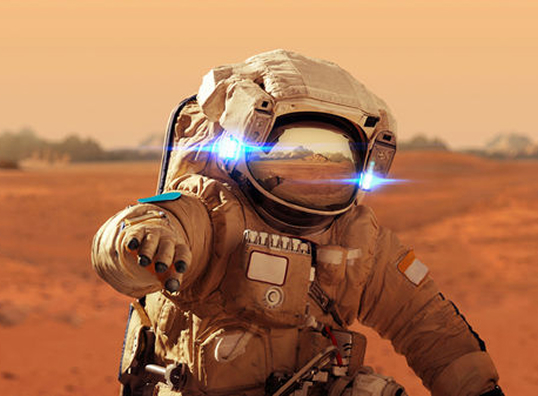
States of Matter
Why is liquid water so important for humans to live on Mars?

Physical and Chemical Change
What does chemistry have to do with chocolate making?
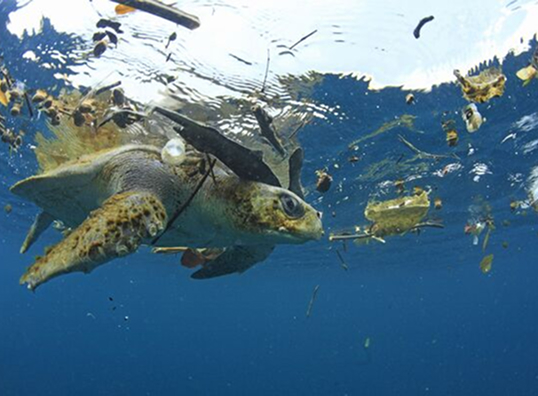
Ecosystems
How can we prevent plastic from harming marine life?

Elements and Compounds
If we need to mine lithium, how do we minimize the impact?
8th Grade
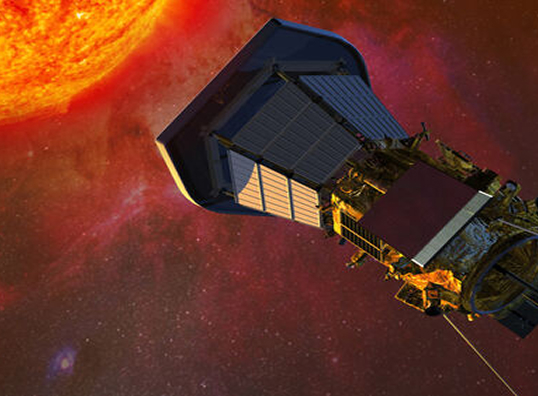
Our Place in Space
Can we travel to the Sun?

Energy Conservation
Should we rely on hydropower for our energy needs?
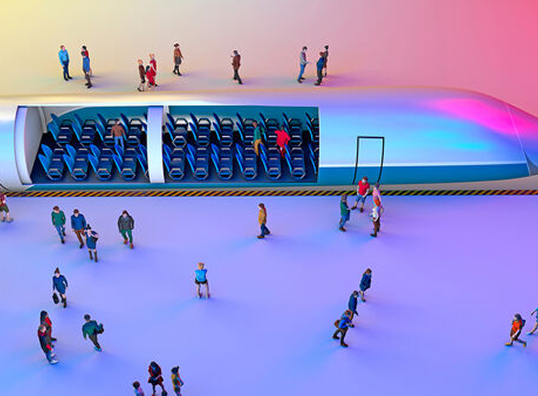
Non-contact Forces and Electricity
Are we on track for sustainable transport?

Waves
How does someone on the other side of the world hear you?
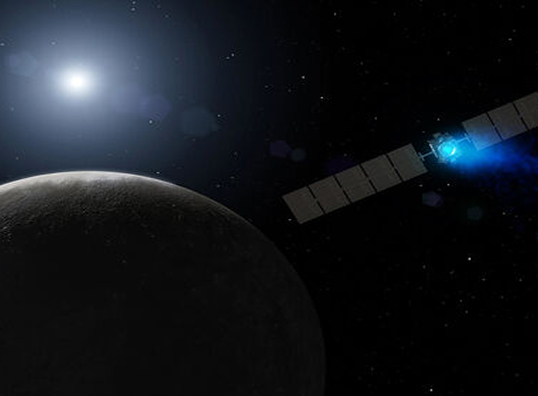
Newton's Laws of Motion
How can we use Newton's Laws in car crash investigations?
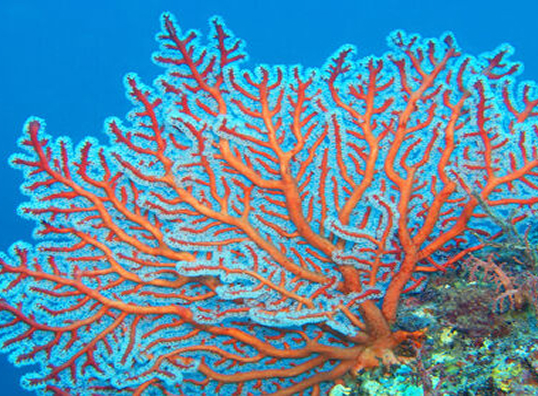
Human Impacts on Ecosystems
Are corals going extinct...again?

Genetics
Can genes increase the risk of cancer?
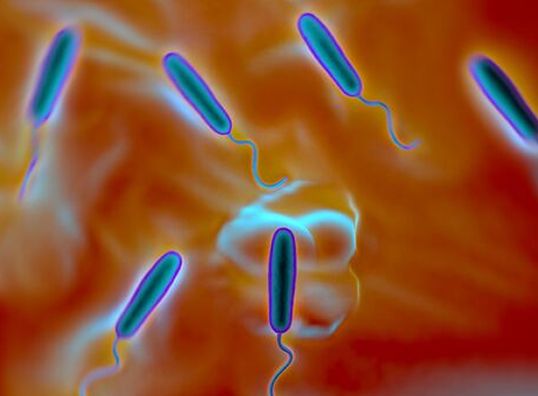
Evolution
Are we responsible for the rise of superbugs?
Developmental progression
Under the hood you’ll find logical, scaffolded developmental progression through each grade.
Of course, you can modify our scope to make it your own. Add units, move them around. With Stile, you’re in control.
Unit 2

Body Systems
What does it take to be a cold-blooded killer?
Unit 4

Plants
How can we feed an off-world colony?
Unit 5

Earth Systems
How does our planet recycle?
Units built on proven practices
Stile’s middle school units are grounded in the 5 E instructional model and scaffold students to “extended abstract” thinking as defined in SOLO taxonomy, where they can generalize their understanding and apply it in a new domain.
Stile’s instructional framework was reviewed by Alan J. Reid (PhD) and Steve Ross (PhD) from Johns Hopkins University’s Centre for Research and Reform in Education. They determined that Stile’s curriculum is grounded in rigorous research and had a meticulously designed logic model.Download the full Johns Hopkins report
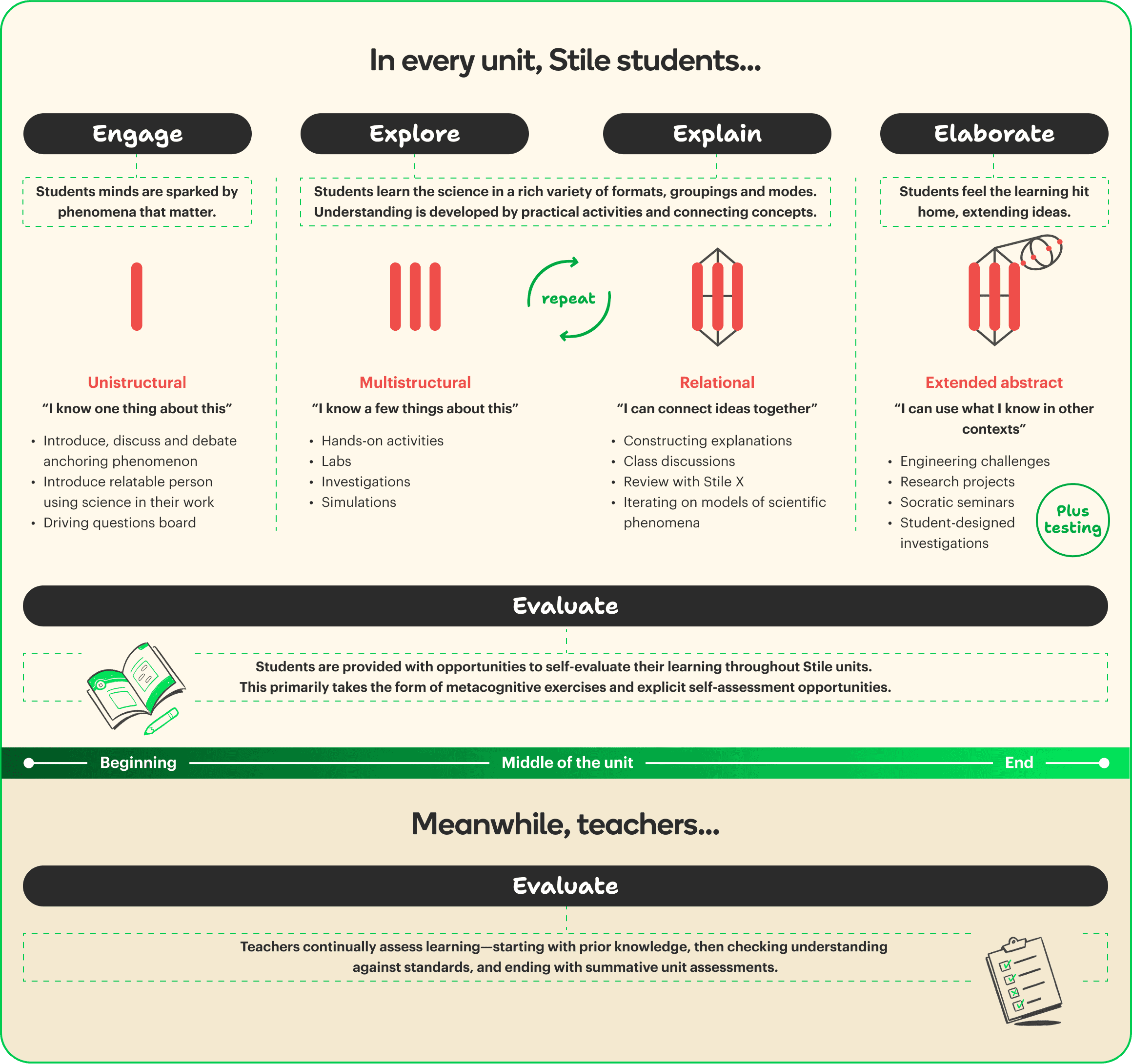
Varied units keep teaching and learning fresh
Our units fall into one of the six following categories, each describing what drives student learning throughout the unit.
Model | ||
|---|---|---|
Project-driven learningStudents are exposed to the culminating activity at the start of the unit. The activity drives learning throughout the unit. | Classification and Biodiversity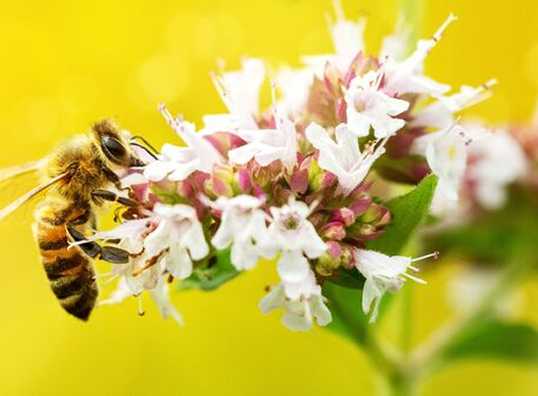 Phenomenon Do we need to save the bees? Activity Engineering challenge to solve declining bee population. | Waves Phenomenon How do video calls work? Activity Create a model for global communication. |
Wonder to workshopStudents learn in the context of investigative phenomena. There's a culminating activity at the end of the unit whereby students apply their skills and knowledge in an "extended abstract" transfer task. | Energy Conservation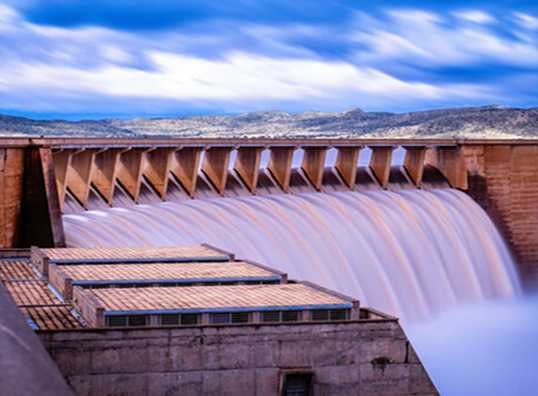 Phenomenon Should we rely on hydropower for our energy needs? Activity Socratic seminar on the proposed Congo Dam. | Human Impacts on Ecosystems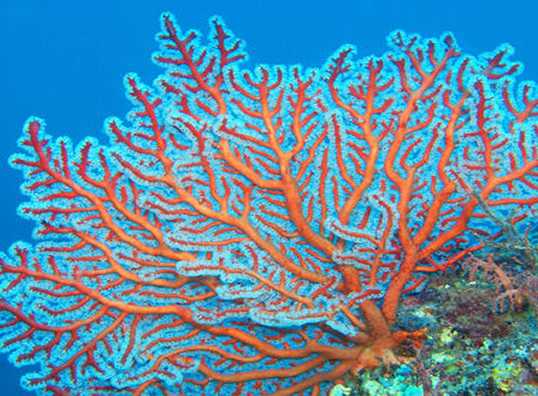 Phenomenon Are corals going extinct again? Activity Awareness campaign about coral extinction. |
PhenominiStudents learn in the context of investigative phenomena. There's no significant culminating activity. These units are typically shorter than the other categories and provide a lighter teaching and learning experience between heavier and lengthier units. | Genetics Phenomenon How can genes increase the risk of cancer? Activity No culminating activity. | Food Chains and Food Webs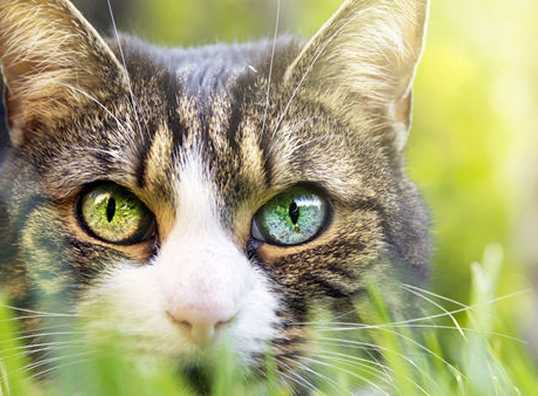 Phenomenon Why do cats have slit-shaped pupils? Activity No culminating activity. |
See Stile’s pedagogical model in situ
Download the Teaching Plan for Stile’s Waves unit to see what our unit structure looks like in practice. The Teaching Plan outlines the phenomena, storyline and career profile, as well as the list of lessons, labs and assessments.
Download the Waves unit Teaching Plan
